Ertach Kernow - The importance of archaeology for Cornwall
Digging In - The importance of archaeology for Cornwall
There seems to be an unending list of building applications, we’re led to believe to help Cornwall’s housing crisis. This to my mind is never going to be achieved due to affordability issues and the continued demand for second houses and Airbnb. There is huge strain on infrastructure and this past week much anger at the amount of sewage being ejected into the sea. In the Ertach Kernow Blog Plus on the website I consider the fact that there may be a future need for another reservoir in Cornwall as current levels are becoming critically low for future use. It looks like there will need to be far more public works by way of infrastructure needed.
However, this bleak picture does have an upside, one has to try and be positive, that it is creating work for archaeologists who are uncovering lost Cornish heritage. Despite the governments short sightedness in cutting back on archaeology teaching, as it is not part of the government’s ‘strategic priorities’, there is a huge demand in Cornwall alone including work on the A30 between Carling and Chiverton. This has uncovered a lot of new archaeological sites including, from the Roman period. What the archaeological work on the Pydar area of Truro will uncover besides what is known to exist will be of great interest to many. Archaeology creates jobs adding to the economy, besides those actually working on site, the researchers, and all those people involved in spreading the word about what has been discovered. The authors, publishers, printers, distributors, retail workers, website designers and many more. Of course, then the newly discovered artefacts need to go into a museum with its curators, preservers and recorders all of which is adding to the economy once the tourists pour in and books bought. The archaeological sector is crucial to the UK and Cornwall’s heritage sector, worth an estimated £17billion from over 218 million tourist each year to the UK economy. Cornwall’s employment statistics show that 16% of jobs are in hospitality and with heritage generally being one of Cornwall’s major tourist attractions archaeology is a foremost driver to that sector.
Cornwall is fortunate to have an Archaeology degree course at Truro College. This has produced many archaeologists who work on Cornish sites for the Cornwall Archaeological Unit as well as supporting the wider heritage sector and sharing knowledge of Cornwall much further afield. I noted that Ant Angove a former student I had the pleasure of working with on a museum project authored a report on Nansleden mentioned here later. Archaeology also provides an excellent foundation for any career, besides offering many transferrable skills to other jobs, opening up greater opportunities.
Now to look at some of the recent discoveries made in Cornwall over the last five years or so. In April I wrote about the great work members of the Cornwall Archaeological Society were doing in this their 60th anniversary. This included scrub bashing at Castilly Henge near Bodmin, which was acknowledged by Peter Dudley senior archaeologist at Cornwall Archaeological Unit. This preceded a collaboration between Historic England and Cornwall Archaeology Unit as part of a Monument Management Scheme to conserve and repair monuments on the Heritage at Risk Register. Topographical and geophysical surveys found traces of a buried stone circle within the henge making Castilly Henge only the second henge in Cornwall like this. Evolution of the henge over time was also recorded. A terrific archaeological achievement through these three organisations with cooperation from the farmer helping preserve this site.
Within existing towns when derelict buildings are demolished there are opportunities to carry out archaeological work as was the case at numbers 15 and 16 St Clement Street Truro. The archaeological work showed evidence of site occupation from the 18th century onwards when there was significant expansion of Truro. There had been a further expansion of this terrace during the 19th century when the property courtyard had a coach house and stables during the second half of the 19th century, with a pump above a stone lined well.
Newquay is seeing a huge building project on Duchy land to east of St Columb Minor at Nansleden. Trial trenching had indicated that there was prehistoric use of this site during the Bronze Age and further archaeological work showed four Bronze Age roundhouses plus others dated to the Iron Age. Sherds of prehistoric pottery and worked flints and other stones were found. An Iron Age circular enclosure with causeway seems to have been used during the Roman period with sherds of amphora found within it. No doubt with this huge building project much more will be discovered and show how much occupation took place around Newquay during the Bronze and Iron Ages.
Besides grubbing around in the ground archaeologists also carryout programmes of historic building recording. Again, this often takes place during work involving demolition and redevelopment of a building such as the Methodist Chapel on Carne Hill, St Dennis. Although of interest to the local community this chapel was so infested with dry rot that saving it was impossible. The last major phase of construction took place in the late 19th century and the original occupation of the site was a much smaller humbler Bible Christian chapel. The site has now been redeveloped as St Dennis Methodist Church and Community Centre. The work of the archaeologist has helped preserve and share the religious story of the village for future generations.
Now weren’t we all pleased when the A30 dualling work at Temple was completed. During the construction period archaeologists were busy discovering finds from the Mesolithic and Neolithic Stone Age periods. There were fourteen pits discovered along the route that included an elvan stone muller, a grinding tool, worked flint and prehistoric pottery of which one was decorated. This may not seem much but these items from up to 5,500 BCE provides information about where and how early man was living in what would become Cornwall. This was a time when higher reaches of Bodmin Moor were occupied before climate change caused people to move to other sites.
Work in churches often uncover new information and add to the history of a Cornish church site. Sadly, there is much Victorian damage as some reconstruction was not carried out as sympathetically as we might do today and often tiles covered earlier flooring. St Martins Church in Liskeard had a watching brief as work was carried out in advance of lowering and replacing of the church floor. As this building is medieval and Grade II* listed the remit of the archaeological team was to identify and record material including burials associated with earlier phases of the building. Bones along with medieval glass and tile fragments were uncovered as well as the top stones of three substantial crypts, probably post medieval.
Back in 2019 there was a fantastic discovery during building work in Crantock. Archaeologists uncovered a small slate lines cist which contained two substantially intact Beaker vessels. Another intact Beaker vessel was also recovered from the site. Discoveries such as these are rare here in Cornwall and help illustrate that Beaker folk had at least cultural impact on Cornwall, even if they had not reached here in large numbers. Bell Beaker peoples along with Yamnaya also known as Corded Ware people came from Europe displacing most of the indigenous hunter gatherer population of Britain. It was they who brought knowledge of farming land and animal management to Britain heralding in the Neolithic and later the Copper and Bronze Ages. Archaeology has helped us understand Cornwall’s early development with this and similar discoveries.
Following preliminary work at the Chapelfields site in St Mabyn, topsoil stripping discovered Romano-British enclosures. A well, a circular post-built structure, pits and ditches and an oven. The ditches contained, what archaeologists love, two middens. Finds included local and imported pottery, stonework, glass and metalworking. Nearby a Roman coin dating to 333-337 CE was found and during the evaluation phase a near complete copper alloy broach. All together a most interesting archaeological site.
Obviously one of the most important recent archaeology digs in Cornwall, with a BBC programme about it fronted by Professor Alice Roberts, was held at Tintagel Castle. So much so that earlier this year a two-day conference was held at Truro College sharing information about the work, headed by the project director for Tintagel Castle Archaeological Research Project Jacky Nowakowski. This really was a spectacular piece of work by the team, backed up by top researchers and scientist. So much more was discovered about this site and its importance to Cornwall, trade with other parts of the known world and what was being imported. The background work continues, and no doubt will result in a hefty piece of research, hopefully online. One thing not discovered was a stone saying Arthur was here, but a slate which is thought to have been a window ledge has writing dated to the 7th century etched in it showing diverse combinations of Latin writing, Greek letters, and Christian symbols.
These are just a small number of the many projects that archaeologists have worked on over the past few years in Cornwall helping illustrate the range of finds and sites. The Cornwall Archaeological Unit is it seems kept pretty busy and again we are lucky to have such a professional unit operating here. Fortunately, the Royal Cornwall Museum will house many of these which will be shared with the public and these together with the information gathered illustrate the importance of archaeology in finding out more about Cornwall’s past and benefitting its future.
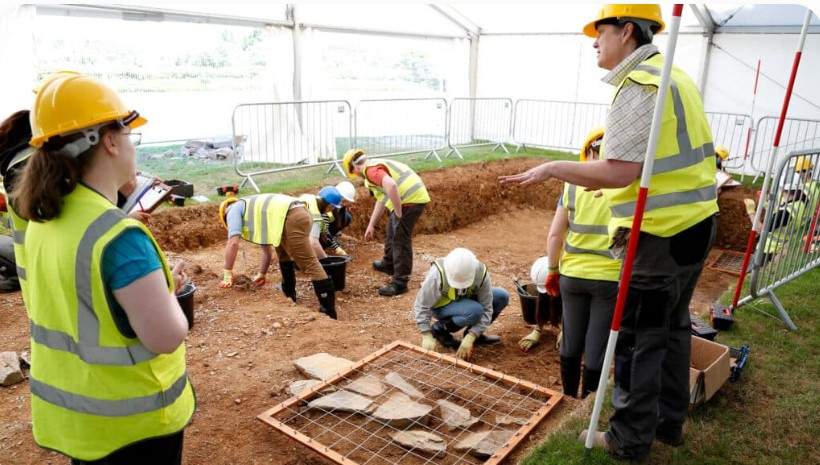
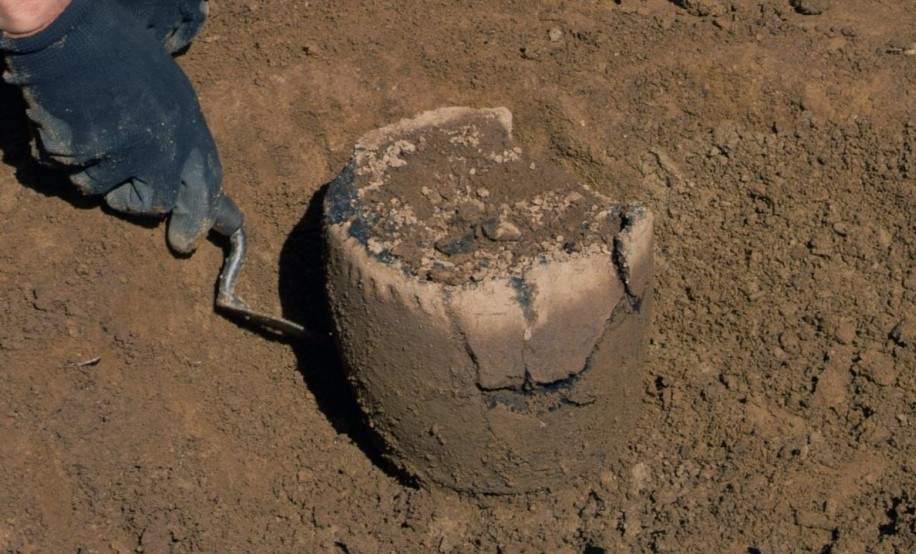
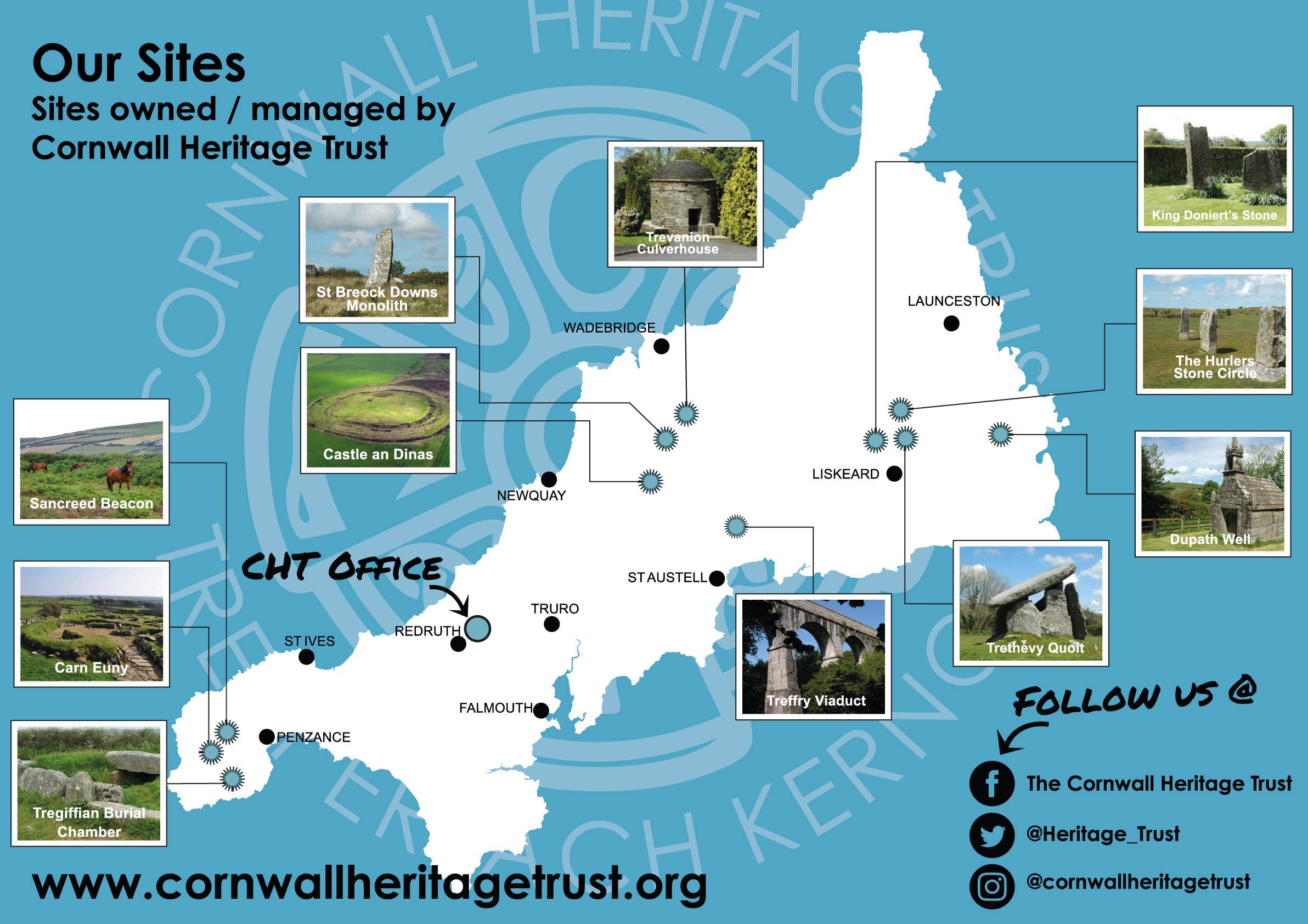
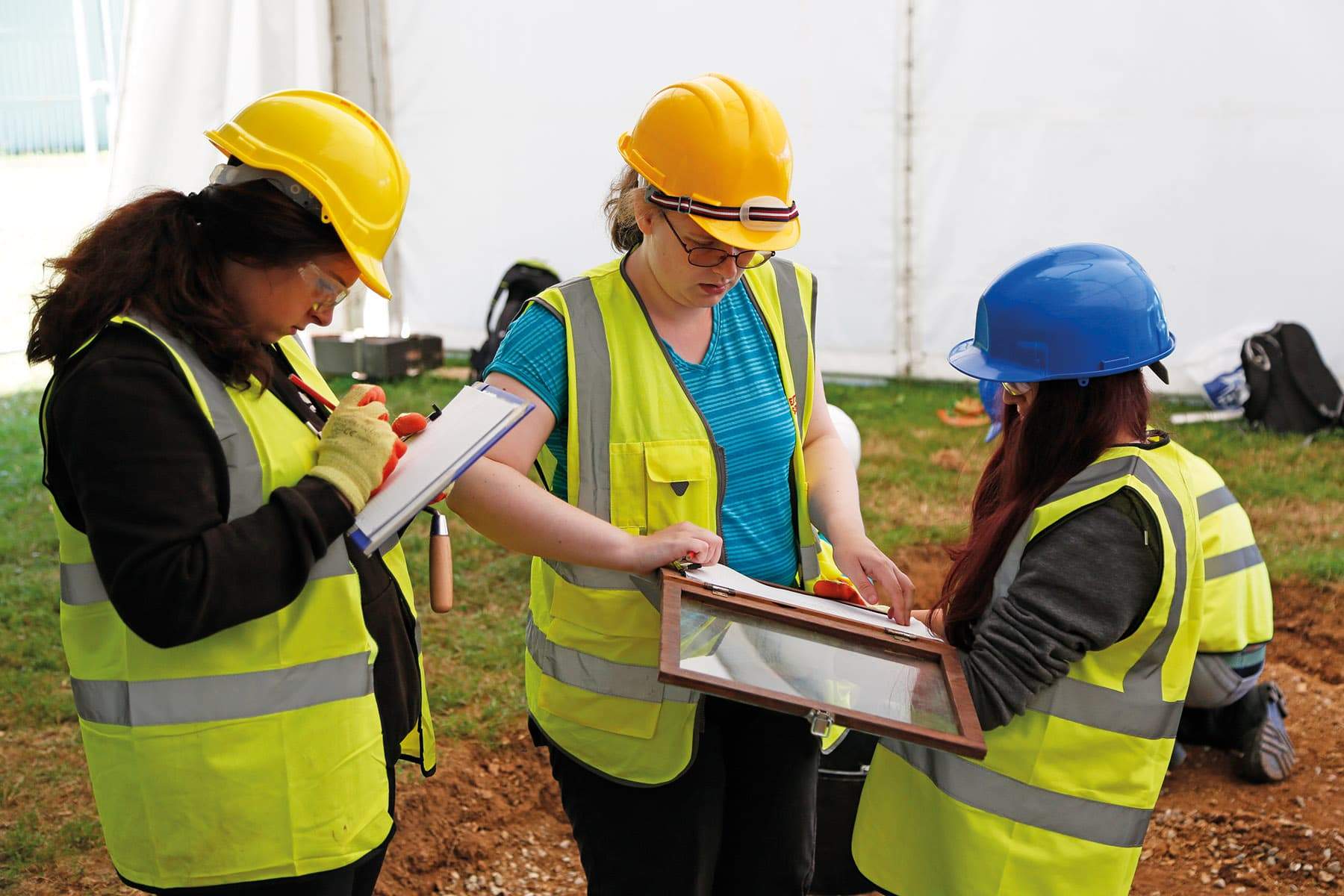
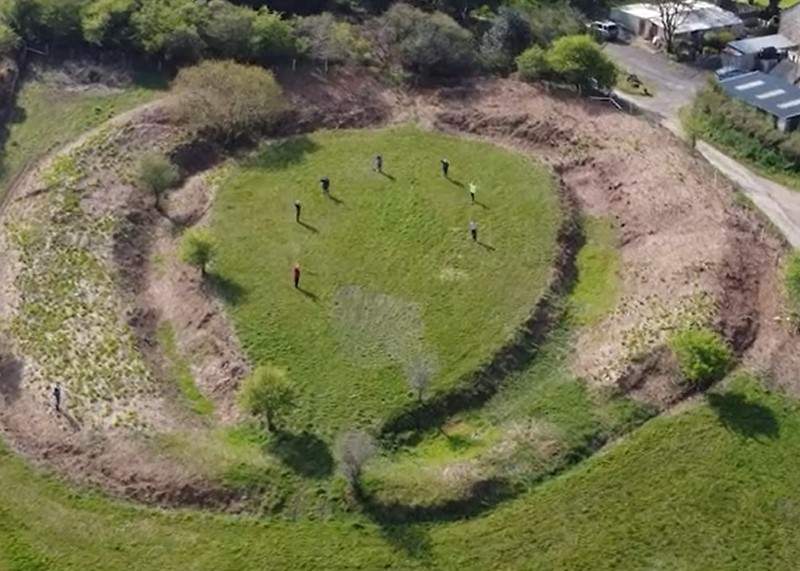
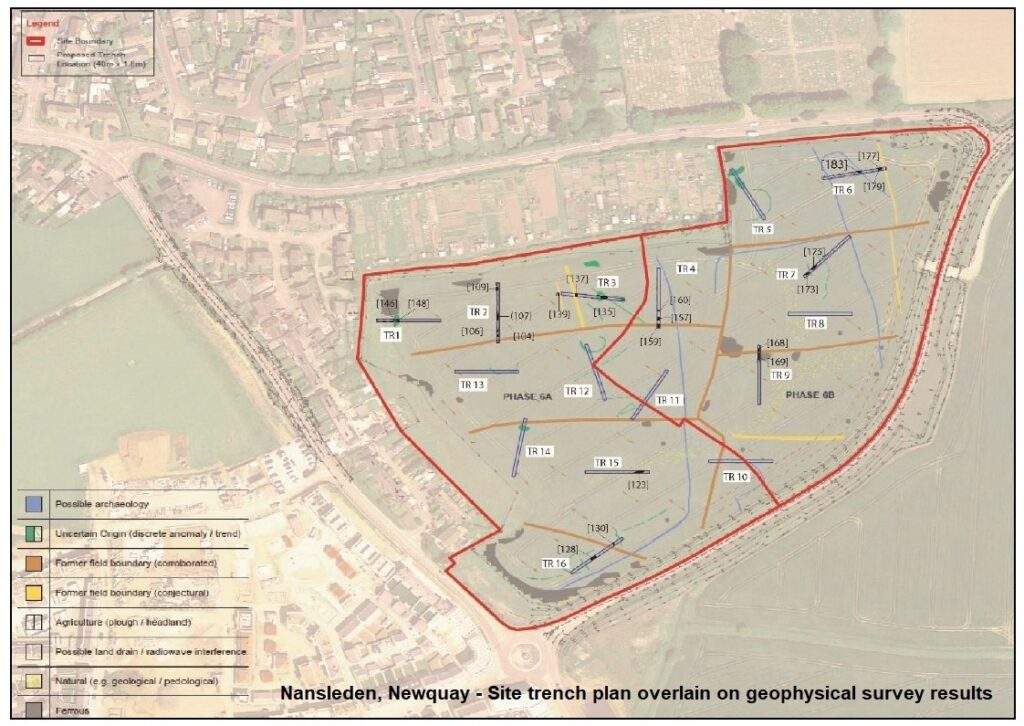
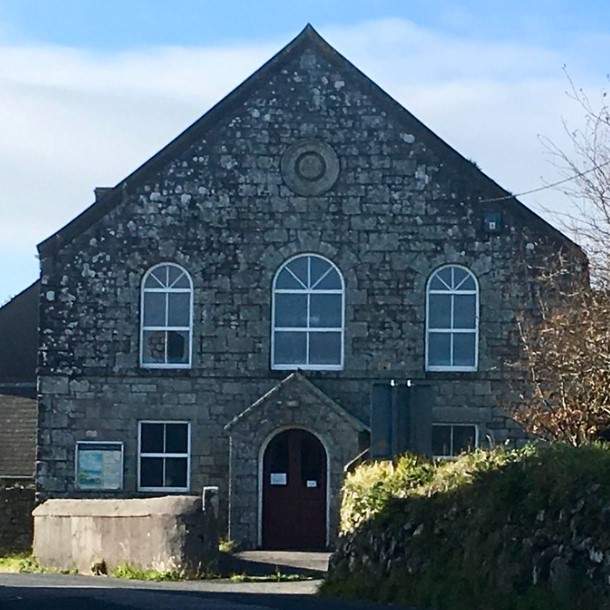
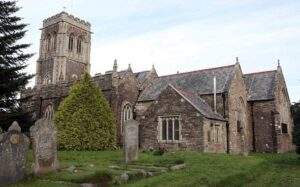
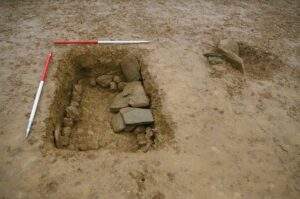
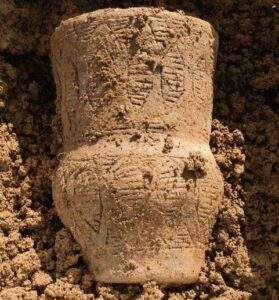
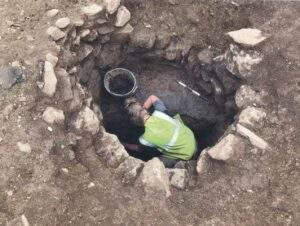
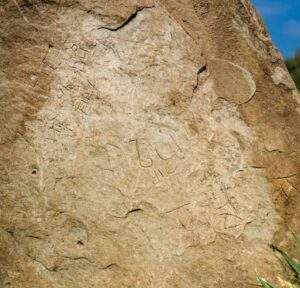
![Ertach Kernow - 09.11.2022 [1] Digging In - The importance of Archaeology to Cornwall](https://www.cornwallheritage.com/wp-content/uploads/2022/11/Ertach-Kernow-09.11.2022-1-254x300.jpg)
![Ertach Kernow - 09.11.2022 [2] Ertach Kernow - 09.11.2022 - Digging In, The importance of Archaeology to Cornwall](https://www.cornwallheritage.com/wp-content/uploads/2022/11/Ertach-Kernow-09.11.2022-2-254x300.jpg)
![[124] Ertach Kernow Heritage Column - 9th November 2022 - A Day in Trurra Ertach Kernow Heritage Column - 9th November 2022 - A Day in Trurra](https://www.cornwallheritage.com/wp-content/uploads/2022/11/124-Ertach-Kernow-Heritage-Column-9th-November-2022-A-Day-in-Trurra-1-292x300.jpg)